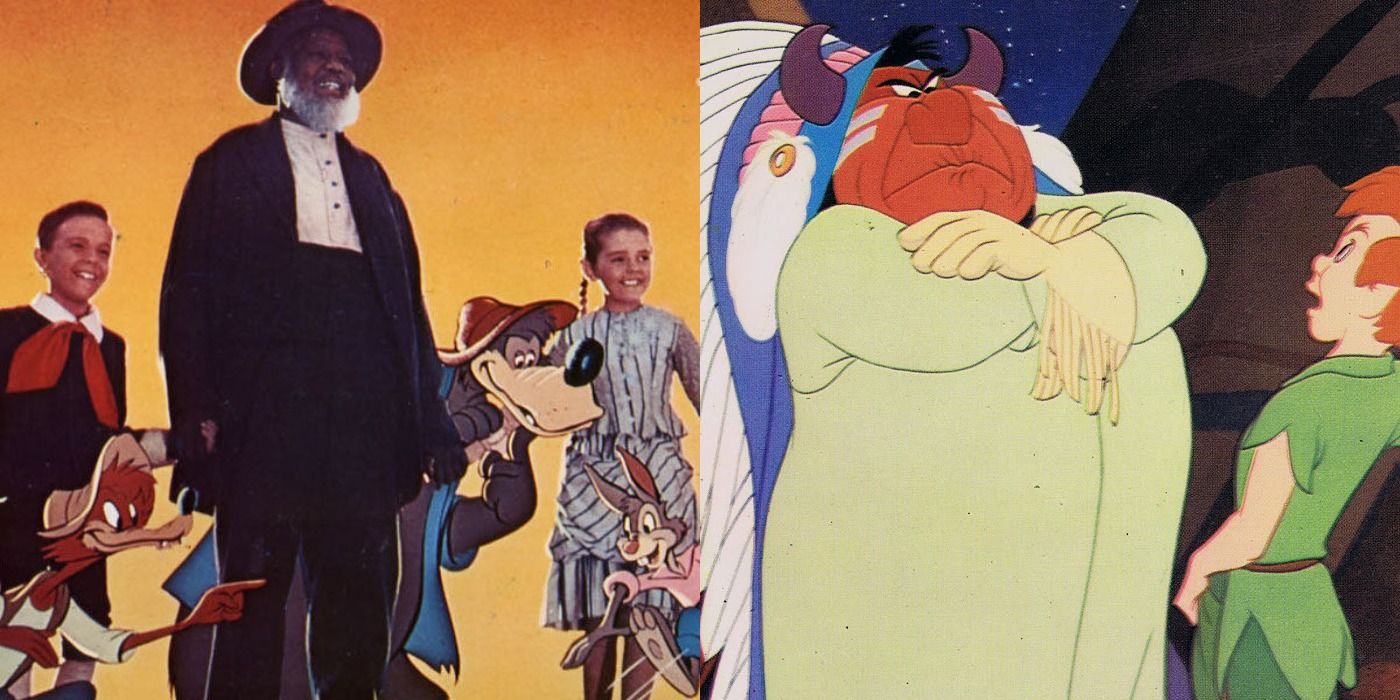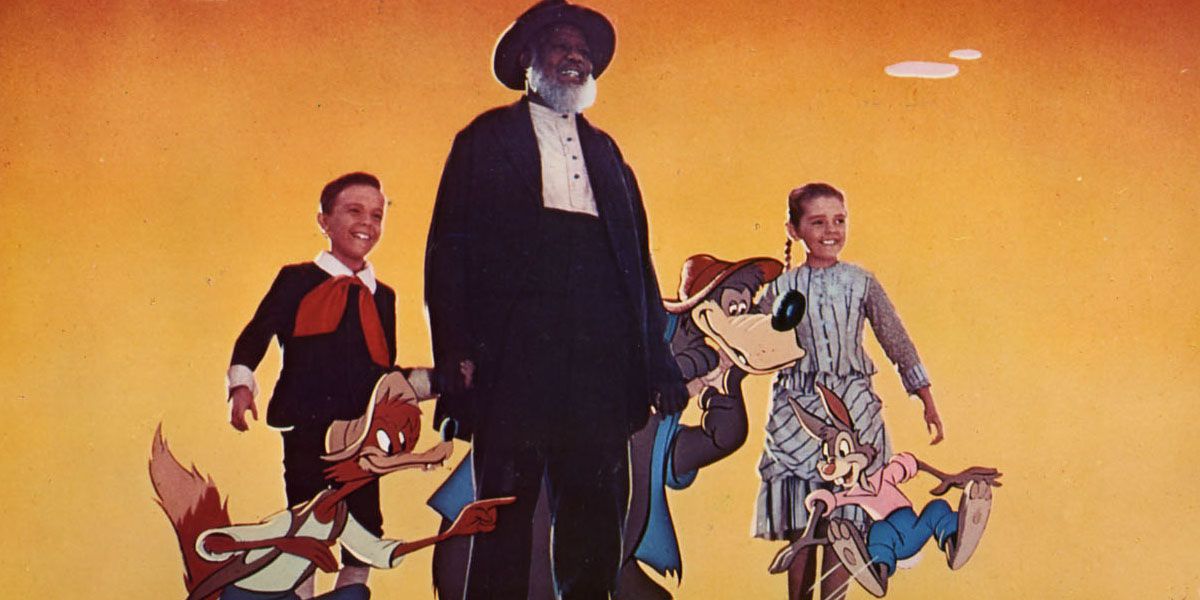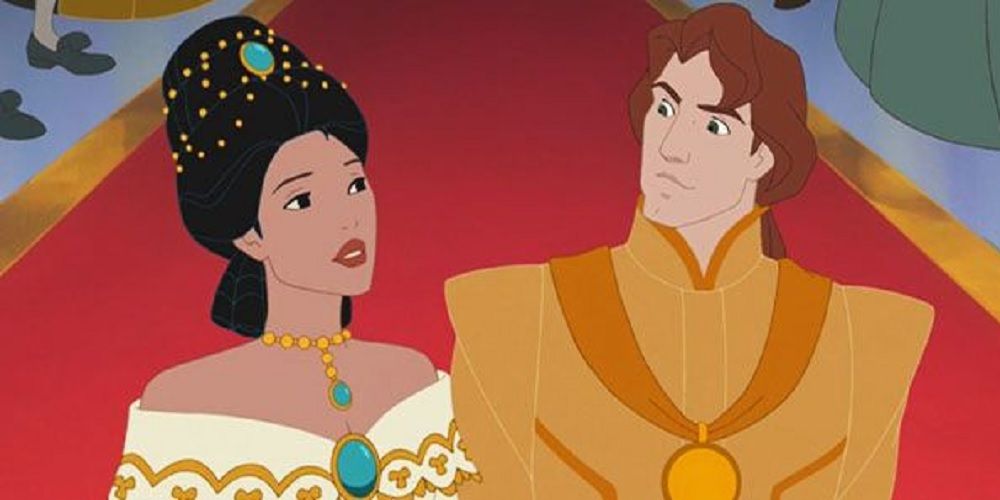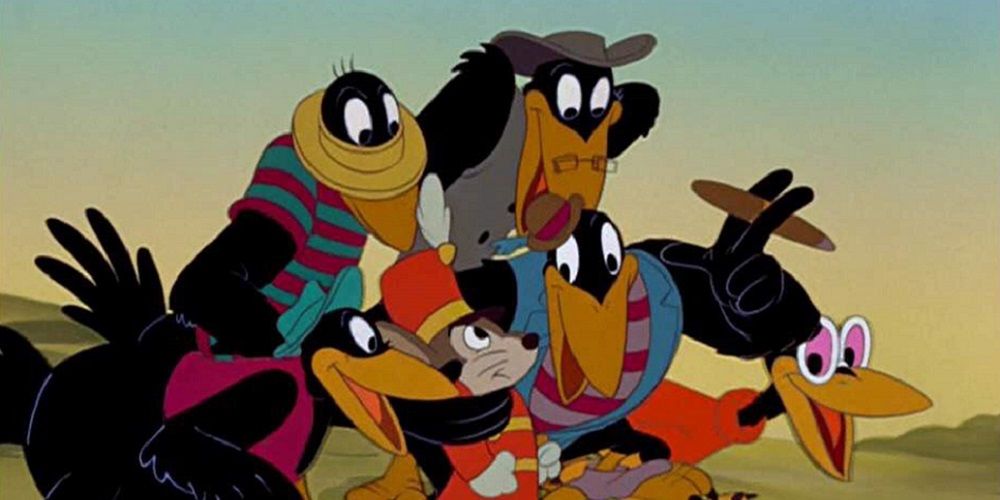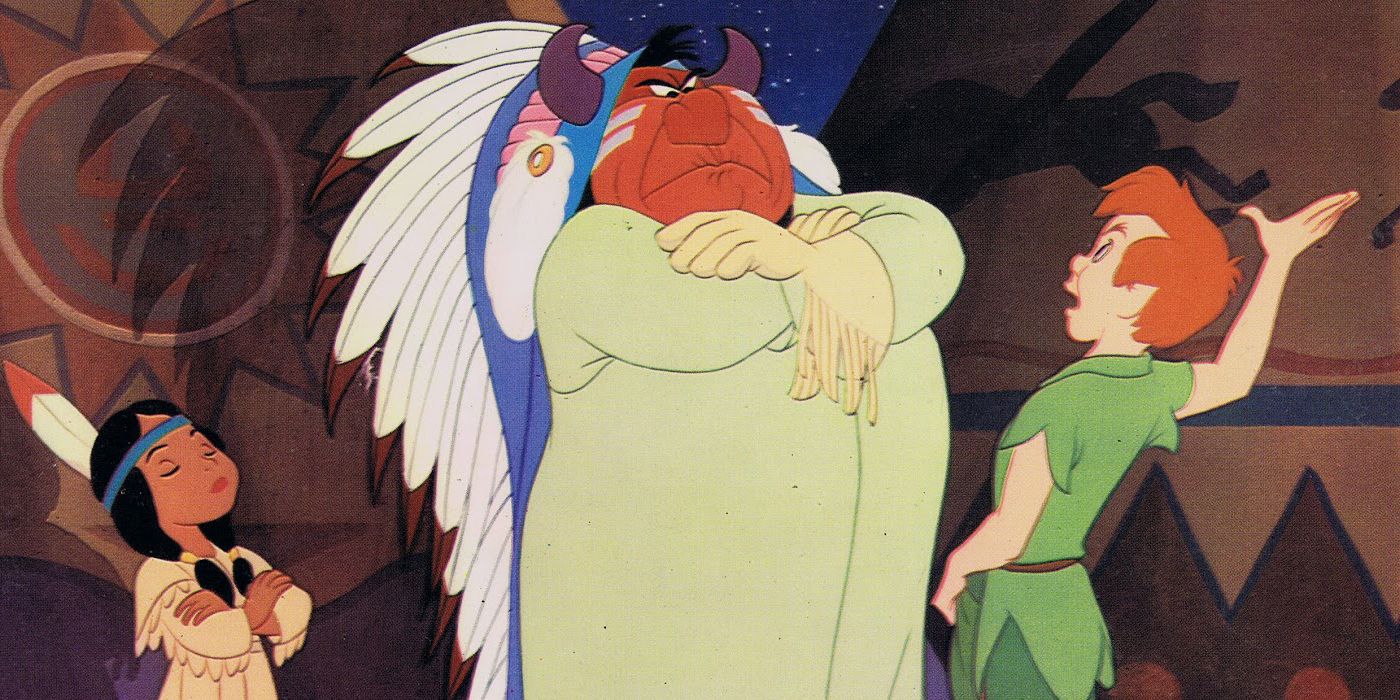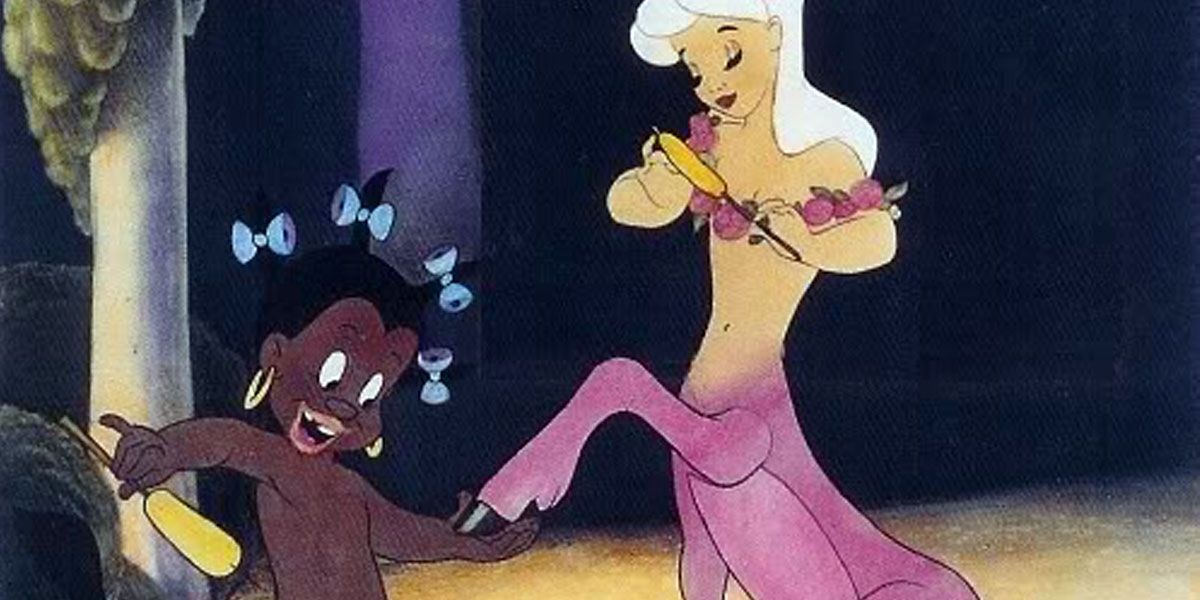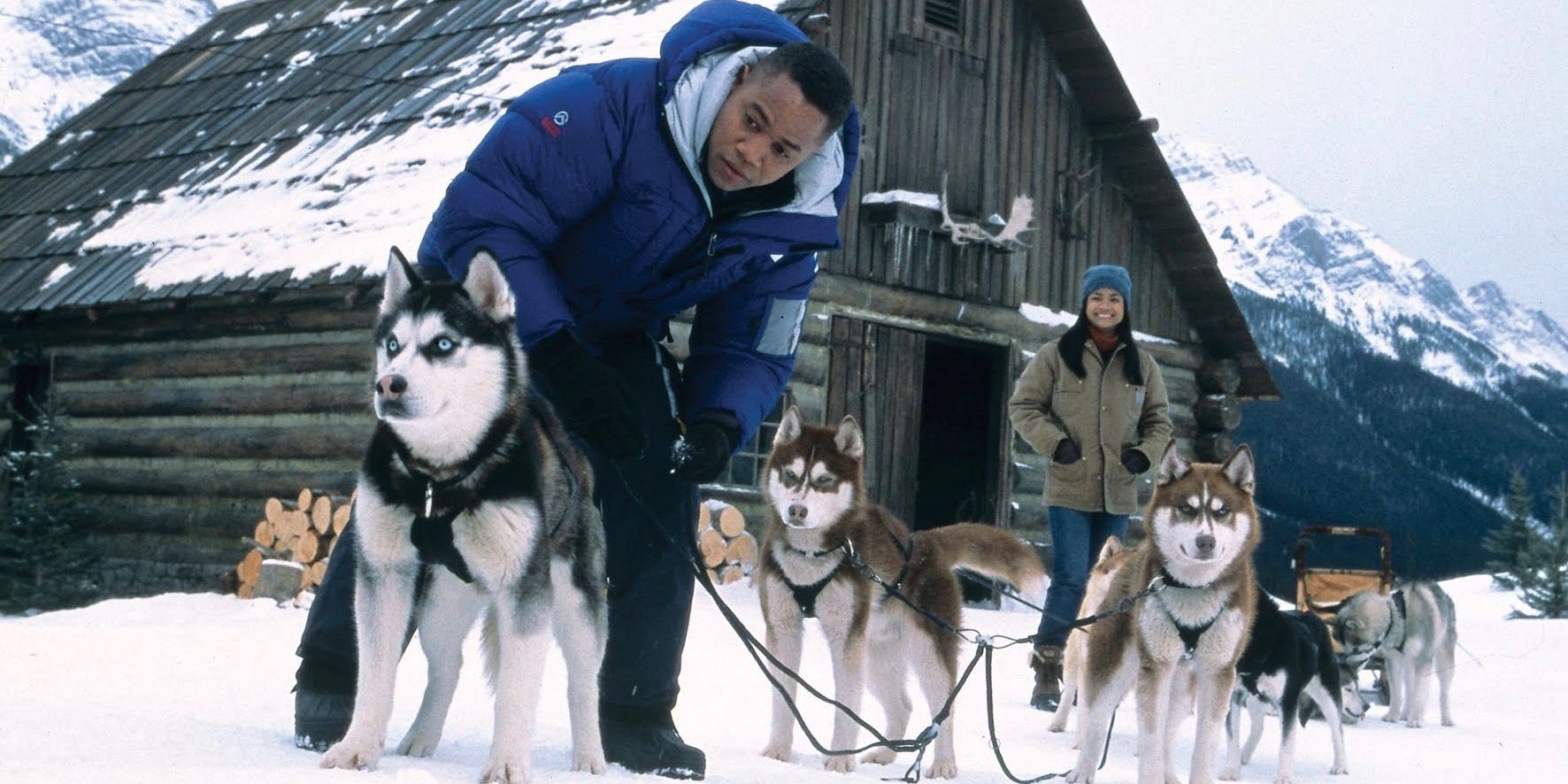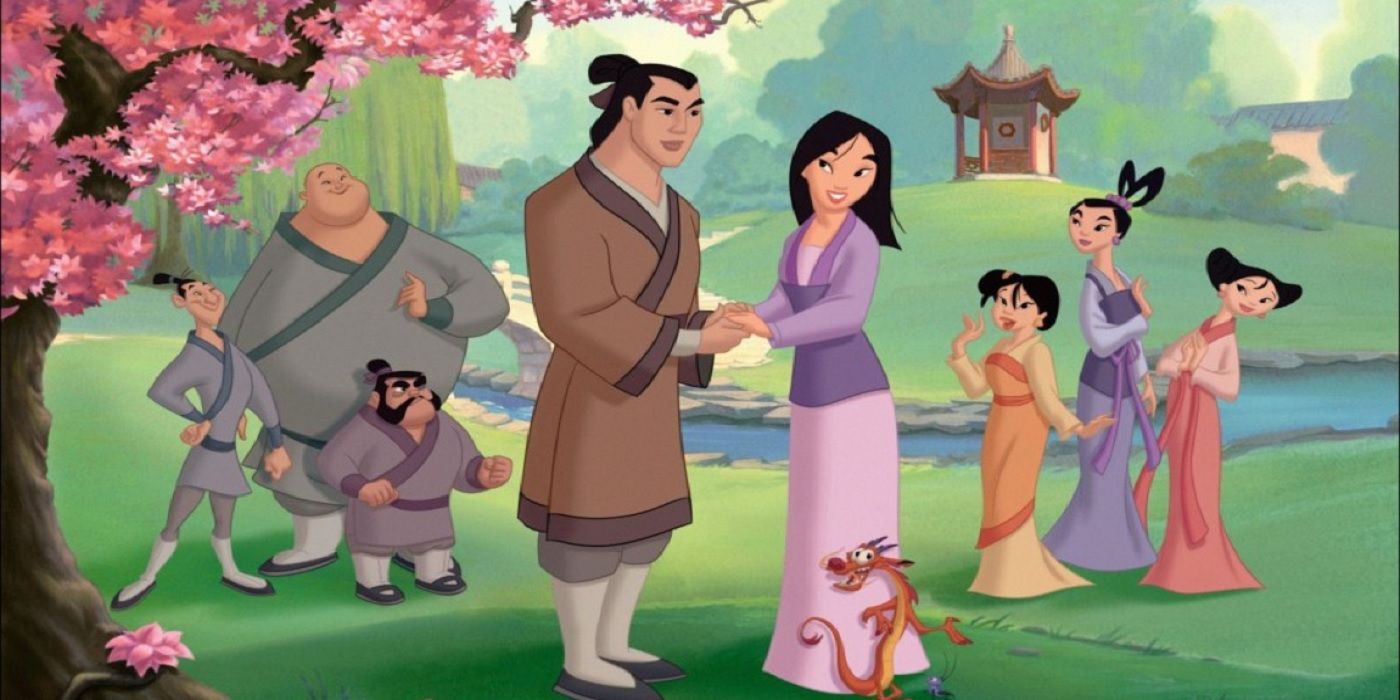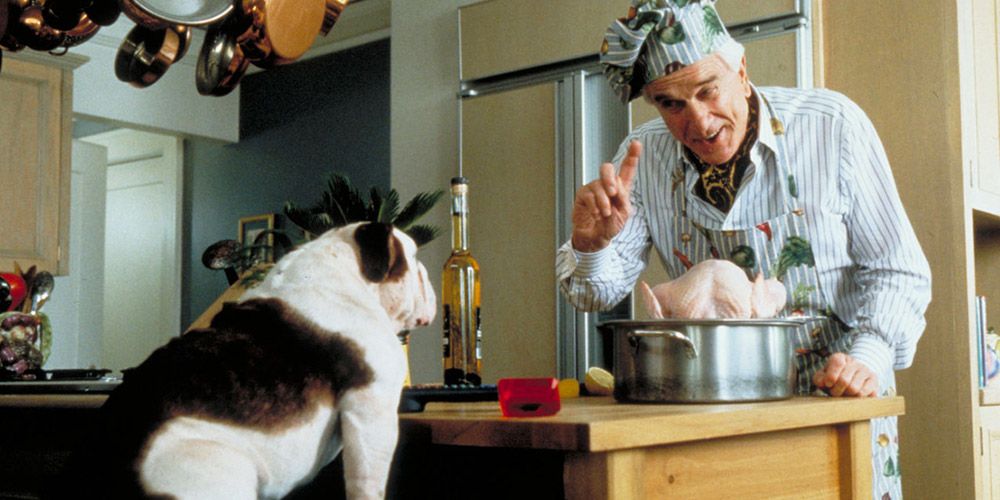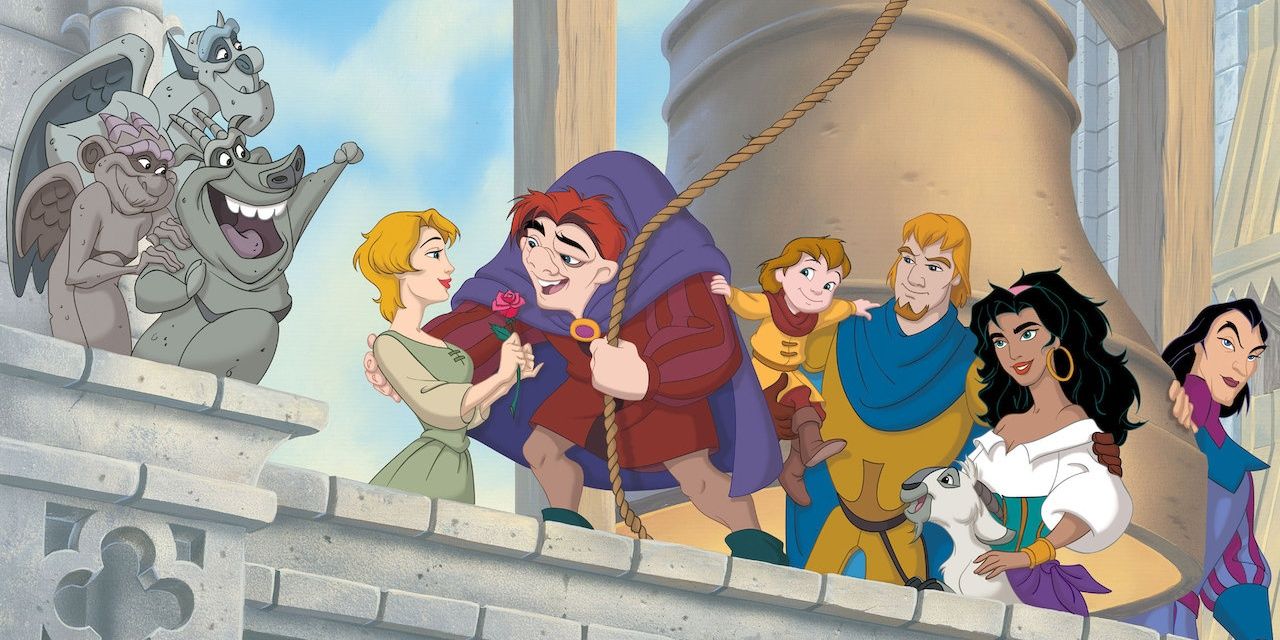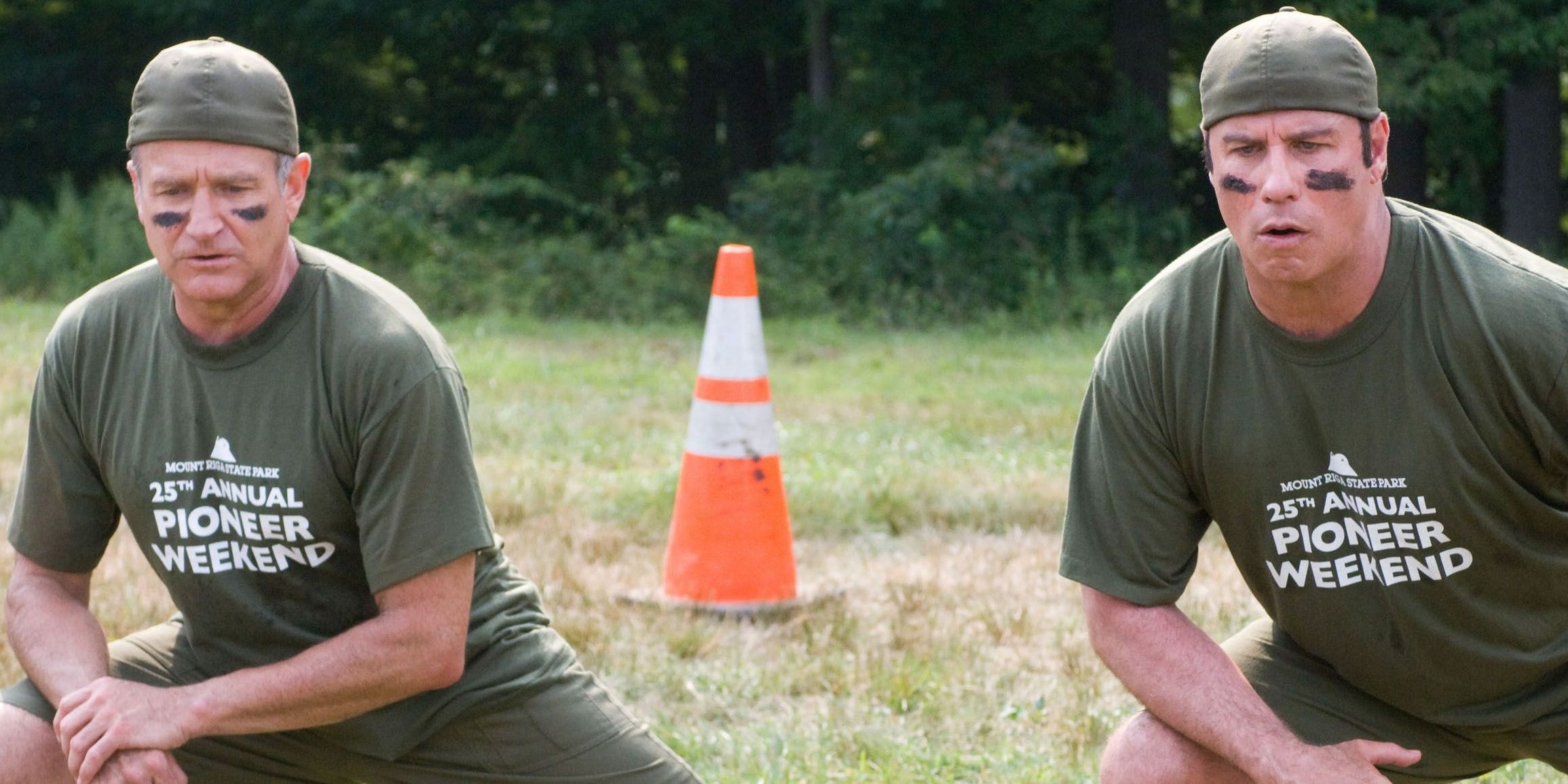Disney is one of the most popular and powerful multimedia companies in the world, and its reputation only grows with the enduring public consumption of its movies, television shows, and theme parks. The House of Mouse has been responsible for shaping parts of the global pop cultural zeitgeist ever since its inception in 1923, but for all of its positivity it has also been responsible for reinforcing some disturbing stereotypes and social trends.
In 1946, Disney debuted Song of the South, a hybrid of live-action and animation that introduced audiences to the song "Zippidy Do Da"... and also portrayed plantations and slavery as happy concepts. But racist and classist releases haven't been the only cause for Disney's fabled history to be tarnished - it's also released some terrible movies that don't live up to the standard expected by its viewing public. Quick cash grabs, problematic stereotypes, and straight-to-video - these are the movies Disney wants you to forget.
Song of the South (1946)
Released theatrically in 1946 but never available for home viewing, Song of the South is one of the most offensive movies Disney has ever made. Critics that were allowed to see it at the time of its debut have said it portrayed plantation life as mockingly bucolic, and was a racist affront to the Black community.
The movie itself is based on the character Brer Rabbit from the Uncle Remus stories, and follows a young boy who, after being separated from his parents, goes to live in the deep American South. Uncle Remus gives him advice via anecdotes of Brer Rabbit, and everything about America's history with slavery is turned into a pastiche of song and dance.
Pocahontas II (1998)
After the popularity of Pocahontas, Disney decided to make a direct-to-video sequel, Pocahontas II: Journey To A New World. Fans expecting to see Pocahontas reunited with John Smith were sorely disappointed when he turned out to be a minor character (though this was more historically accurate), and found Pocahontas leaving her tribe behind to be an ambassador in England.
As the guest of nobleman John Rolfe, she experiences everything England has to offer, but relives the same horrors of assimilation she fought against in the previous movie. This time she accepts being transformed into a "lady", complete with whitened skin and countless layers of clothing. Neither Pocahontas nor the fans won with this movie, as the message of the first film is completely dismantled.
Dumbo (1941)
Dumbo has recently been made into a live-action movie, devoid of the racism found in the characters of its 1941 predecessor. While both movies' main focus is on Dumbo the elephant with the over-sized ears, the original features a questionable scene with a group of crows.
The crows in question appear in a scene making small talk with Dumbo, and are generally regarded as lazy simpletons who spend all their day sitting around smoking cigars, reinforcing the way racist Americans viewed Black people at the time the movie was made. To make matters worse, the leader of the murder was called Jim Crow, after the segregation laws of the Deep South.
Peter Pan (1953)
At this point, Peter Pan has had several live-action versions, each trying to mollify something that Disney bungled in its 1953 animated version; the depiction of the Native Americans in Neverland. The House of Mouse shamelessly stereotyped them to the point of ridicule, and showcased massive cultural appropriation by the Lost Boys.
The entire campfire scene involving Peter Pan, Wendy, and the Lost Boys is extremely racist, not only with the disrespectful song, "What Makes The Red Man Red", but the depiction of Native Americans as either bloodthirsty kidnappers, simpletons, or sexist marauders. Another live-action version of Peter Pan, produced by Disney, will leave this embarrassing chapter out.
Fantasia (1940)
Known for its wonderful classical music and arresting corresponding imagery, Fantasia was a truly innovative movie when it was released in 1940. While most of it isn't problematic, one vignette involving the centaurs is considered wildly inappropriate, racist, and sexist.
The female centaurs are all shy, demure, and delicate, while the male centaurs are aggressive, bold, and demanding. The male centaurs bully the female centaurs into pairing off according to the color of their skin, and in one salient scene, a slave girl depicted as a pickaninny caricature with a donkey body can be seen attending to the white centaur women, followed by several zebra centaur servants of color.
Snow Dogs (2003)
While Disney has made some fine live-action children's movies, Snow Dogs isn't one of them. It wastes the talents of a post-Jerry Maguire Cuba Gooding Jr. (who had not many years before won the Academy Award for Best Supporting Actor) as a Miami dentist who travels to Alaska to collect his inheritance; a mottled team of sled dogs.
Aside from having a poor script and a contrived plot full of mindless slapstick, Snow Dogs has to awkwardly confront the gruff way Ted is received by his white biological father (played by James Coburn). Ted's "Caucasian background" is apparently why he loves Michael Bolton.
Mulan II (2004)
Mulan remains one of Disney's most popular animated movies, which has only increased with the recent release of the live-action version that left out several of the songs and characters that fans have come to love. It was followed with a direct-to-video sequel that failed to capture the magic of its predecessor.
While it was nice for fans to see Mulan and Shang get married, Mulan lost nearly all of her agency, and became a bystander in her own story, which inexplicably involved Mushu trying to break up the pair because he thought he would be out of a position in the family if they got married.
Mr. Magoo (1997)
Disney has made several forgettable slapstick live-action movies based on classic cartoons, such as Inspector Gadget and Mr. Magoo. The latter starred Leslie Nielson as the titular retired blind detective who refused to wear glasses and somehow solved cases despite his bungling approach.
The movie had to appear with a disclaimer after so much backlash rolled in from the blind and visually impaired community, proving that it didn't handle the absence of sight with any tact whatsoever.
The Hunchback of Notre Dame II (2002)
While The Hunchback of Notre Dame wasn't a massive hit when it premiered, it's since become a cult classic because of its mature themes and cinematic cinematography, two things that made it seem the most like an animated movie, albeit different from the sort Disney usually released.
It was followed up in 2002 by a sequel that featured a young woman who fell in love with Quasimodo, and became an infinitely more interesting protagonist than he did. The movie features almost all of the original cast, but it fails to deliver anything new on the profound message of tolerance and acceptance.
Old Dogs (2009)
Even respectable actors like Robin Williams and John Travolta couldn't save Old Dogs, a movie about two business partners -and bachelors- who end up needing to juggle landing a major deal with Japanese investors and raising the two twins boys that land in their laps.
Not only is the movie ageist and immature, it features poorly conceived gags, such as Matt Dillon's camp counselor thinking that -horror of horrors- the boys' guardians are a gay couple.

